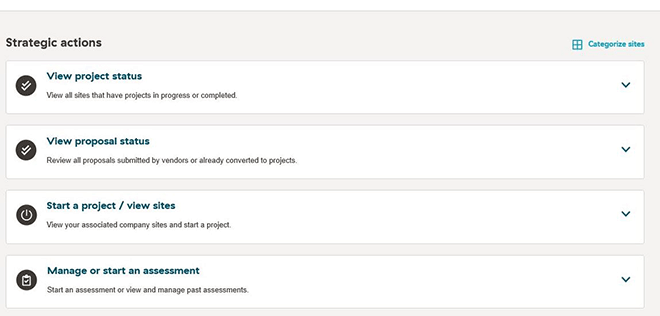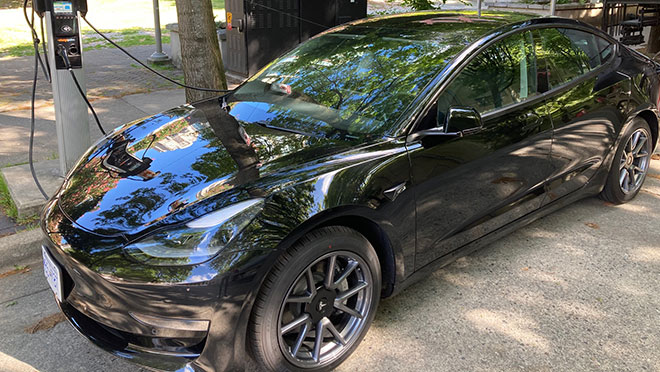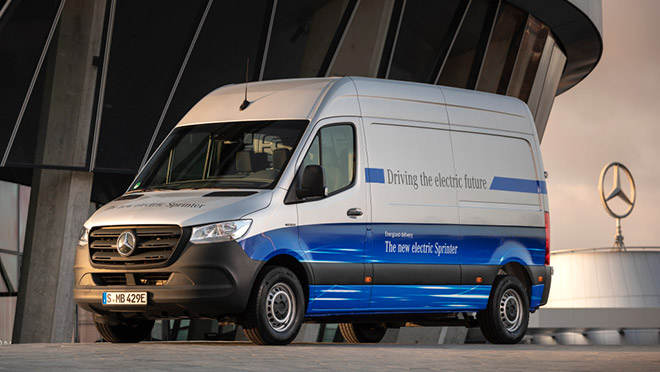A new-look CEM Hub, and other key updates

Incentive bonus spawned a record year for business upgrades
Tanya Perewernycky is still catching her breath after watching B.C. businesses quadruple their use of BC Hydro incentives to make energy-efficient upgrades last fiscal.
The Alliance program delivery specialist says BC Hydro's decision to add a bonus to incentives during the COVID-19 pandemic led to a surge of interest and activity in work, often in facilities that were near empty. And it seems many used part of their pandemic relief funding (CERB) from the federal government to make upgrades.
"Businesses were looking for any way that they could to reduce their long-term costs, and there was this money there from CERB, so they got busy," says Perewernycky. "We were a bit shocked at how busy it was, and it seems to be continuing into this fiscal."
Last fiscal's 20% product incentive bonus – for small and medium businesses using the popular Business Energy Savings Incentives (BESI) program – is no longer in play. But there seems to be momentum into BC Hydro's early fiscal year, which started April 1.
The downside for contractors? While many found themselves busy, the extra preparation and safety precautions around COVID-19 cut into the money they could make on projects.
"The feedback that I got from contractors was that it wasn't a big money-making year for them," she says. "They were working longer for the same money. But in some cases, they felt the incentives bonus helped keep their businesses running and may have insulated them from letting employees go, or at least not letting as many go."
Given that time is a precious commodity for contractors, BC Hydro is trying to make the incentives process easier. And that's where a facelift to the Conservation and Energy Management (CEM) Hub comes in.

Redesigned CEM Hub is on the way
Later this month, you'll notice that the old CEM Hub is not what it used to be, and it goes beyond a coat of fresh paint. Currently in the final stages of testing by actual users of the tool, the idea is that the look and feel of the Hub will make it easier to use.
Perewernycky says to look for CEM Hub training sessions in the coming weeks. While they're vital for newly-minted Alliance members, they should also be invaluable for anyone who wants to familiarize themselves with tweaks made to the old Hub.
"It's important that you understand how it works," she says. "Learn it, know the rules around applications, follow the steps, and you'll be fine."
For Alliance members, the CEM Hub dashboard will be freshened up to match the new CEM Hub appearance. Project file numbers and action buttons will be more noticeable. But you won't need to relearn how to use it. Functionally, there are no changes.
For customers, the CEM Hub will present customer actions and options more clearly on their company page under a Strategic Actions section. From there, they'll be able to view their existing projects, proposals and start new applications. The applications will also have a freshened look, while following the same process steps that you're already familiar with.
The expected launch of the refreshed CEM Hub is June 30, 2021.
Residents and strata owners want EV charging
The appetite for adding Level 2 electric vehicle charging to the parking areas of condo and apartment buildings continues to grow. And with it comes the potential for a whole lot of work for Alliance contractors.
Adding chargers to strata-titled facilities has been an expensive proposition riddled with hurdles. That has prompted CleanBC to step up with an EV Ready program that includes funding help for planning, infrastructure upgrades, and for the purchase and installation of chargers. You can get the details on that program, which has received new funding for fiscal 2022, in this strata charging incentives update.
"It's a hugely complex issue for stratas," says Perewernycky. "They're wrestling with things like whether there's enough electrical service to the building to support these chargers, and they need to get engineers involved. These new incentives should help."
The popular EV charger rebate for home and workplaces also got new government funding for this year. Single-family homes can get a rebate of up to 50% of the purchase and installation costs of an eligible Level 2 EV charger, to a maximum of $350. For apartment and condo buildings, that standalone charger rebate is up to $2,000 per charger for Level 2 networked EV chargers in a building's residential parking spaces, to a maximum of $14,000.

